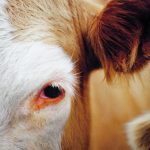Influenza and its causes in people can be an ever-evolving process. At one time we rarely heard about influenza in cattle because there appears to be different factors in cattle serum and their immune response that causes a hindrance to the influenza virus. That is a great thing. It changed in about 2010 when reports […] Read more
Stories by Roy Lewis, DVM
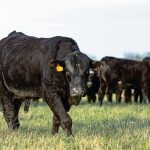
Castrating older bull calves comes with pros and cons
Castrating bull calves is one elective procedure that poses risks, whether done on our own or with a veterinarian. There are also animal welfare concerns and decisions to be made about when painkillers, such as NSAIDs, should be used. Documentation shows younger calves experience less stress than older calves, so banding calves at birth or […] Read more
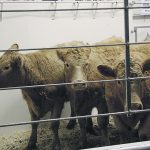
Producers must be clear about health when buying cattle
The movement of breeding stock — bulls, heifers and bred cows — has increased considerably over the years and will continue to evolve as breeders strive to improve genetics. Every time we buy or sell cattle, it creates an opportunity to communicate health information, such as which vaccines have been administered, nutrition background and other […] Read more
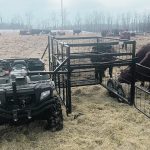
Safety needs to be top of mind during calving season
Every year at calving season I see injured and bruised farmers because they’ve had a run-in with an overzealous cow. Most farmers have come up with ways to handle cow-calf pairs in safe and low-stress ways. With bigger herds, I have seen cross-adoption become a problem so want to share my thoughts on the benefits […] Read more
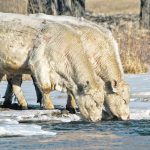
Footrot easy to treat but over-diagnosed in lameness cases
In all my writing over the years, I have never tackled footrot, perhaps because the response to antimicrobial treatments is very good. However, it is probably one disease that is very much over-diagnosed when it comes to lameness. With lame cattle, one has to have a good look and diagnose the lameness, whether it is […] Read more
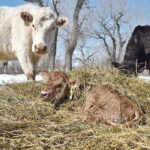
Newborn calves’ health must be checked and maintained
In many cattle operations, the biggest problem is keeping calves healthy during the first two months of life, or until they are processed for pasture. When checking the performance of young calves, watch for clinical signs that they may need attention and be ready to treat them. By taking the animal’s temperature, producers can better […] Read more
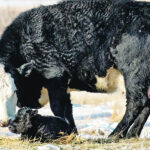
Animal health information must come from reliable sources
When it comes to cattle health, welfare and productivity, producers must make sure they are getting accurate information from reliable sources and be open to new ideas. Animal health professionals and progressive producers are great places to start. The internet contains a lot of information, but producers must be selective. In Western Canada, there are […] Read more
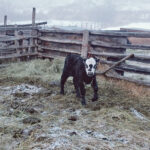
Frostbite at calving time can have marketing implications
Whether you are in the purebred or commercial cattle business, frostbite at calving time happens. It can cause death or the sloughing off of feet, tail or ears. There may or may not be long-term health consequences, but marketability can be affected due to shorter tails or shorter ears. It is frustrating for producers when […] Read more
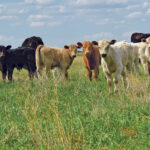
Use of intranasal vaccines particularly beneficial for calves
With so many intranasal vaccines on the market, I thought a quick review of their administration might be in order. All intranasal vaccines are live or avirulent live so they need to be mixed and the powder activated. Like other modified live vaccines, their time active when mixed is one to two hours. There are […] Read more
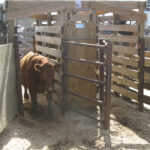
Combination products can save labour, reduce injections
More and more animal health products and procedures are being combined. They are designed to reduce labour, needle use and in some cases, passes through the chute. Some products come in methods that require no handling of the animals at all, which may be a labour saver as well. It is important to consider the […] Read more

